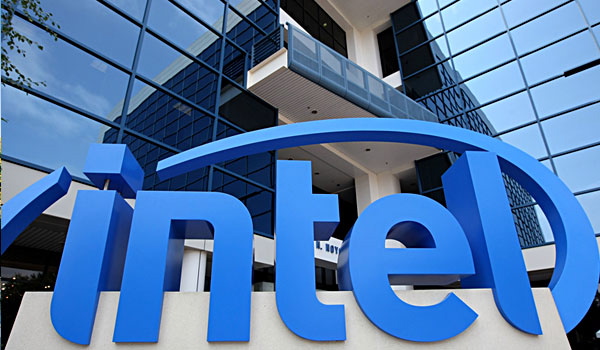Intel Haswell
Fast, long-lasting, green + quiet
We’ve blogged before on the shift from PCs and laptops to tablets, a trend that still has momentum at its back. Intel, the world’s leading chip manufacturer for personal computers, has announced the release of a new product that may reasonably swing the balance—or at least level the playing field. Intel’s Haswell chip has been […]
